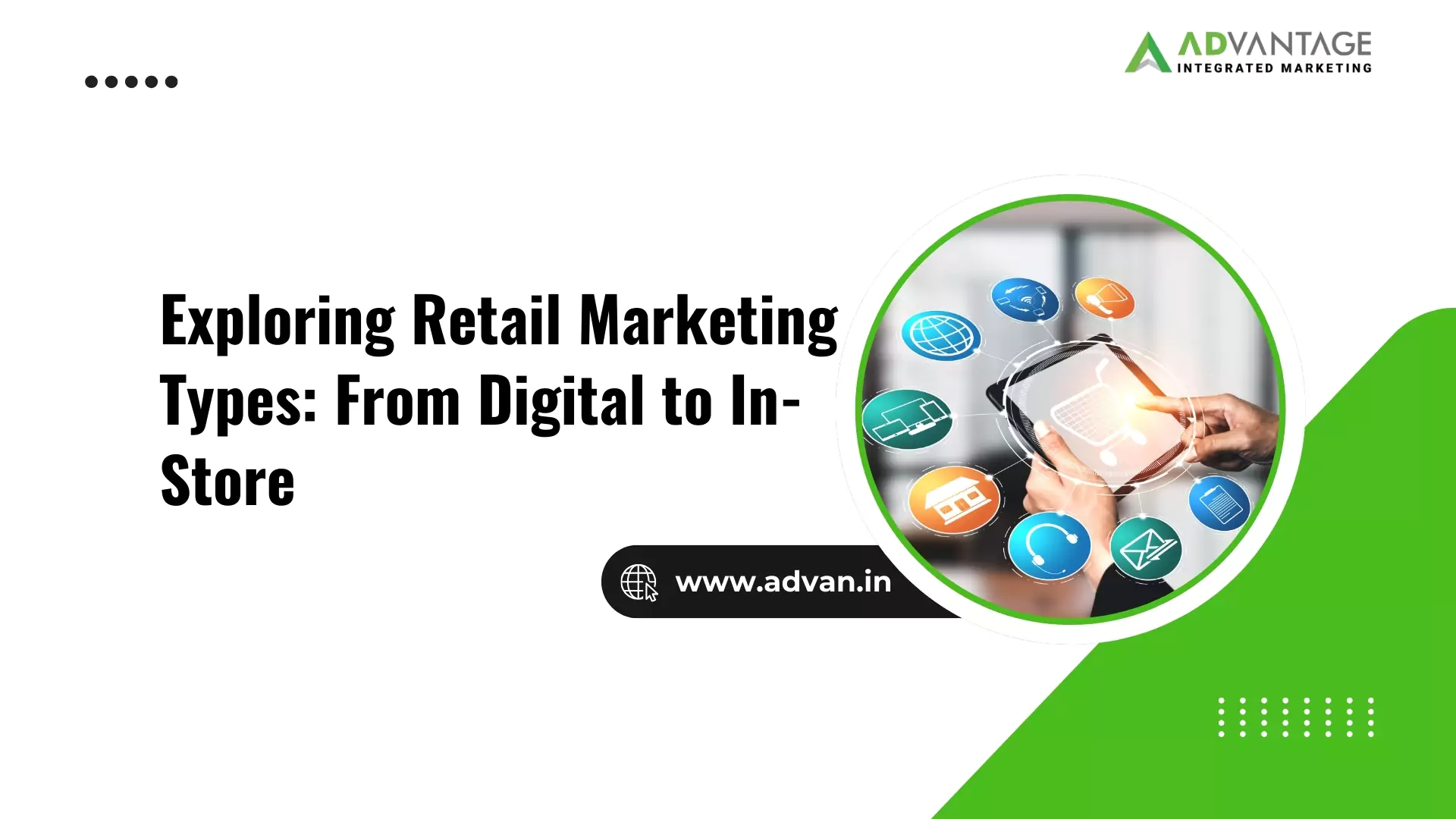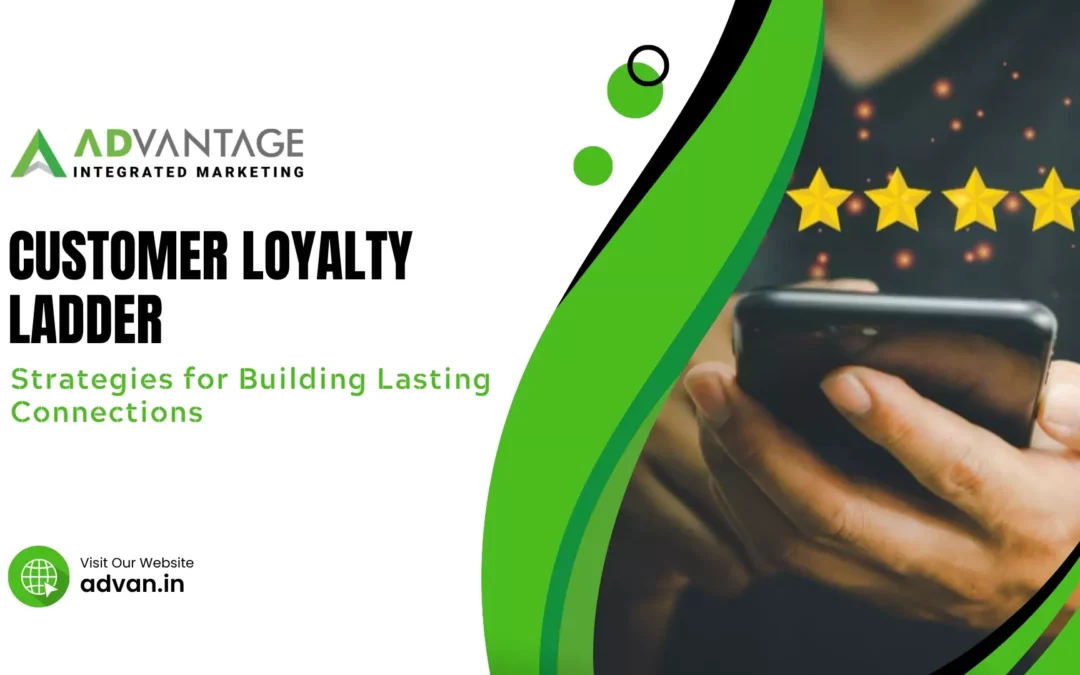Retail marketing stands as a strong force, driving the success of businesses across the globe. The intricate connection between consumers and retailers is orchestrated by numerous strategies, functions, and types of retail marketing. As technology advances and consumer preferences evolve, the retail marketing landscape continues to adapt and innovate.
In this blog, we will delve into the multifaceted world of retail marketing types, exploring its definition, functions, and retail marketing strategies employed to captivate the consumers.
What is retail marketing?
Retail marketing is essentially the entire range of actions retailers do to market and sell goods and services to customers. It includes everything from online marketing and customer interactions to in-store displays and advertising.
Have you noticed Ikea store? It can stand as one of the best retail marketing examples, triggering the customers to explore the products and end up buying more.
In order to facilitate transactions and build brand loyalty, retail marketing serves as a bridge between businesses and their target audience. It is a concept that is not one-size-fits-all; rather, it changes as technology advances, society shifts, and consumer behaviour does.
Importance of Retail Marketing
Retail marketing aids in reaching a wider audience, building rapport with clients, fostering partnerships, and communicating your brand’s narrative. You may utilise it to set yourself apart from the competition as well.
Let’s understand the functions of retail marketing in detail.
Beyond simple product placement, effective product positioning and merchandising are essential components of retail marketing. Retail marketing is figuring out how customers move around the store, putting high-margin items at eye level, and designing eye-catching displays with a theme. In order to understand consumer preferences and make sure that product positioning fits with current trends and seasonal demands, retailers invest in market research.
In retail marketing, CRM involves more than simply simple customer service. Retailers use data analytics and customer feedback to customise their interactions in order to anticipate and meet individual preferences. CRM necessities and loyalty programmes promote brand loyalty by rewarding customers for their recurring business.
Retailers leverage the power of virtual reality (VR) and augmented reality (AR) to create immersive promotional experiences that go beyond traditional advertising. Marketing initiatives become more memorable and effective when they utilise interactive advertisements, virtual try-ons, and augmented reality-powered in-store navigation to improve the overall customer experience.
Retail Marketing Types
The retail marketing landscape is diverse, encompassing various types tailored to different business models and consumer preferences. Some notable types include:
In-Store Retail Marketing
Strategies for in-store marketing go beyond just having physical displays. Retailers use ambiance, music, and scents to create a memorable and enjoyable buying experience. This is known as sensory marketing. Customers are guided through the store by well-planned aisle layouts, which maximise exposure to high-margin products.
Events
Events are essential for improving the in-store shopping experience since they give customers unique and engaging experiences. Events, such as live demonstrations, seasonal celebrations, or product launches, attract customers and create a buzz within the business.
These events draw foot traffic in addition to giving shops a chance to interact directly with consumers, demonstrate products in use, and obtain insightful feedback. Events give brands an opportunity to communicate their narrative, engage their audience on an emotional level, and create an impact that goes beyond the store’s walls.
In-Store Displays
Strategically positioned to draw attention and direct the consumer journey, in-store displays serve as the visual storytellers of the retail environment. These displays convey company identity, emphasise promotions, and sway consumer decisions in a way that goes beyond simple product placement.
Effectively showcasing products is only one benefit of well-designed displays; they also add to the store’s overall atmosphere, making it feel welcoming and unified. In-store displays act as silent salespeople, gently directing clients towards highlighted items and promoting investigation. Examples of this include themed window displays, end-cap arrangements, and strategically positioned standalone kiosks.
Sample Products
Offering samples of products is a tactile and effective strategy in in-store retail marketing, allowing customers to experience a product first-hand before making a purchase decision. Sampling not only provides a sensory encounter but also builds trust and confidence in the product’s quality.
Customers are more likely to engage with and remember a brand that offers them the opportunity to taste, touch, or try before buying. Sampling initiatives can be particularly impactful in the food, beauty, and technology sectors, as they allow customers to overcome hesitations and make informed choices, leading to increased satisfaction and potentially driving future sales.
In-Store Promotions
Retailers may increase sales, clear out inventory, and instill a sense of urgency in customers by using in-store promotions. In-store incentives, such as time-limited discounts, buy one, get one free deals, or unique offers from loyalty programmes, draw customers in and spur them to act right away.
Customers are effectively informed of the value proposition through the strategic placement of promotional signage and displays, which encourages them to take advantage of the special offers.
Effective in-store promotions can increase sales as well as customer retention since they give customers the impression that they are receiving something special and valuable. These sales establish a lively shopping atmosphere that promotes discovery and impulsive purchasing.
Non-Store-Based Retail Marketing
Non-store based retail marketing involves retail marketing types and strategies outside the retail store. Let’s check out the retail marketing types in non-store-based retail marketing.
Direct Mail
Using the tactile and intimate quality of physical communication, direct mail is still a cornerstone technique in retail marketing. Retailers want to make a lasting impression by putting catalogues, customised offers, or targeted promotional materials right in the mailboxes of their customers.
With the help of this strategy, retailers may create highly targeted campaigns based on demographics, past purchases, or geographic location, allowing them to target particular audience segments with their messaging.
Posters
Strategically placed posters can capture attention, communicate key messages, and evoke emotions, influencing customer behaviour. Whether showcasing new products, promoting sales, or conveying brand values, posters serve as a cost-effective and versatile tool for creating an immersive and visually appealing in-store environment.
TV Ads
In retail marketing, television advertising is still a powerful tool since it can reach a large audience with enticing storytelling and eye-catching imagery. Retailers may showcase products, tell brand stories, and leave a lasting impression on a large audience by using TV advertising.
TV commercials remain a vital component for merchants looking to create brand awareness, engage emotionally with customers, and drive traffic to their physical stores or online platforms, even as digital platforms have increased the possibilities available for advertising.
Word of Mouth
Word-of-mouth advertising, which is frequently cited as the most effective and ancient kind of advertising, is based on natural, peer-to-peer recommendations. Thanks to social media and online reviews, happy customers can act as brand ambassadors by telling their networks about their positive experiences.
Word of mouth is an essential and long-lasting component of successful retail marketing because it greatly influences consumer trust and decision-making when suggestions from friends, family, or influencers are genuine.
Digital Retail marketing
Online retail marketing is not just for websites that sell products. The convergence of social media with online shopping, or social commerce, has grown to be a potent channel. In order to interact with their audience in real time, retailers use social media platforms for live demos, product presentations, and interactive content.
Website
Effective retail marketing in the digital age is largely dependent on having a well-designed and user-friendly website. Websites are used by retailers as immersive brand experiences in addition to virtual storefronts. A website acts as a digital hub where clients can explore, learn about items, and make purchases thanks to its user-friendly navigation, excellent images, and comprehensive product information.
Online shoppers’ convenience is increased by e-commerce features, safe payment methods, and easy checkout procedures. A responsive design, tailored recommendations, and user reviews are further features that improve user experience and encourage loyalty and confidence.
Social Media Marketing
Retailers can effectively engage with their audience, increase brand exposure, and foster engagement through social media platforms. Creating and disseminating content on social media sites like as Facebook, Instagram, Twitter, and Pinterest is known as social media marketing.
With this retailer marketing type, retailers can exhibit products, offer deals, and engage with customers in real-time with visually appealing postings, sponsored adverts, and influencer partnerships. Retailers may maintain brand awareness and build a devoted online community through social media marketing, which makes smart use of hashtags, user-generated content, and targeted advertising.
SMS Marketing
Retailers may engage directly and instantly with their audience using SMS marketing. Retailers can provide time-sensitive promotions, unique discounts, and customised offers straight to consumers’ mobile devices by delivering targeted text messages to customers who have opted-in.
For advertising flash specials, announcing the launch of new products, and interacting with customers through interactive content, SMS marketing works very well. SMS marketing offers a direct channel of communication with high open rates and fast reaction times that can support other digital marketing initiatives.
Email Newsletters
Retailers may foster customer relationships, offer personalised content, and increase sales with the help of email newsletters, which are a flexible and affordable tool. Email marketing systems are employed by retailers to segment their audience according to demographics, purchasing history, or preferences.
Retailers can provide product updates, highlight carefully chosen information, and offer exclusive deals by sending out customised emails. Email campaigns that are successful have eye-catching images, succinct text, and obvious calls to action that encourage readers to visit the website or buy something right there in the email. Email newsletters support a data-driven strategy in retail marketing by tracking metrics and analysing campaign results, enabling ongoing optimisation and enhanced customer interaction.
To conclude, success in the dynamic field of retail marketing ultimately depends on one’s ability to adapt. Businesses need to stay aware of the pulse of consumer expectations and technological changes as they manoeuvre through the complex web of functions, types, and tactics. Future retail marketing trends are expected to be greatly influenced by the mutually beneficial relationship that exists between consumers and retailers.
Those who are adept at retail marketing kinds will not only survive but also prosper in the cutthroat industry in this age of perpetual change. As they forge ahead towards long-term success, retailers are called to embrace innovation, data-driven insights, and a customer-centric mindset.








0 Comments